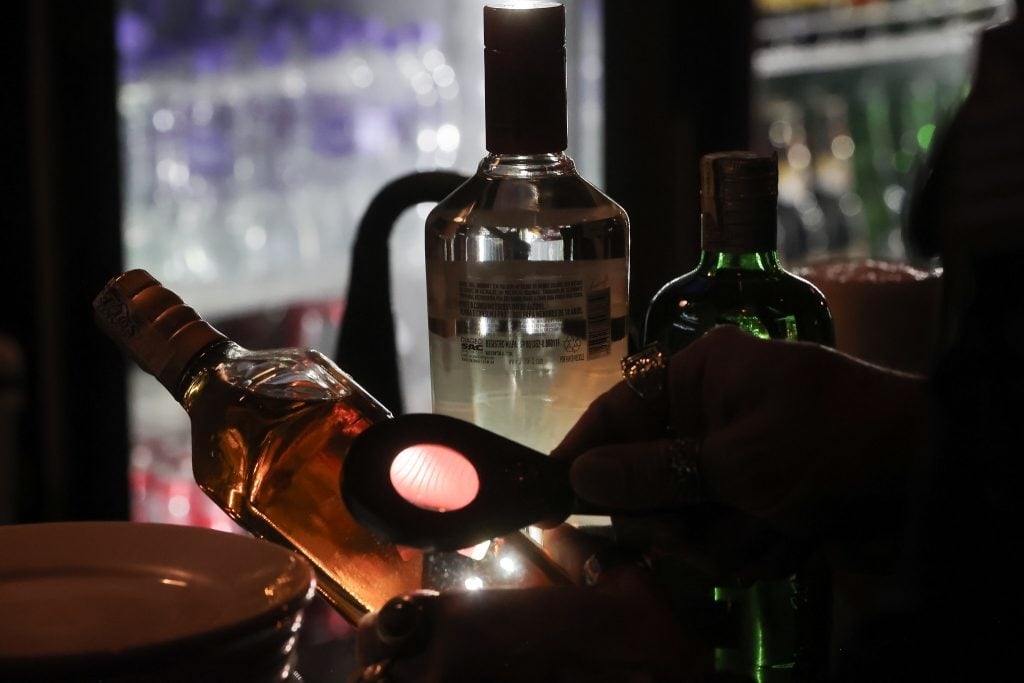Increase in allergic reactions highlights lack of access to epinephrine auto-injectors.

Cases of anaphylaxis have increased by more than 100% in Brazil in ten years, according to data from the Brazilian Association of Allergy and Immunology (Asbai) . In 2024, 1,143 episodes were recorded in the country, an increase of 107% compared to 2015. Anaphylaxis is a systemic reaction that can cause a drop in blood pressure, shortness of breath, and even death from cardiovascular collapse.
“Allergies in general are on the rise worldwide. Lifestyle changes and climate change are some of the factors that explain this increase, but better dissemination and knowledge about the severity of anaphylaxis may also be behind the higher number of hospitalizations,” analyzes pediatrician Fátima Rodrigues Fernandes, president of Asbai.
However, while hospitalizations for this serious condition are increasing at an accelerated rate in the country, one of the main resources for combating this threat remains unavailable here: self-injectable adrenaline pens are not for sale in Brazil. Abroad, these products are sold under names such as EpiPen, Jext, and Anapen, and are considered by allergists to be the gold standard for emergency care.
Epinephrine — a hormone better known as adrenaline — is used in response to acute crises caused mainly by food triggers, medications, or insect stings. It opens the airways and interrupts the exaggerated action of the immune system that initiated the allergic reaction. “The adrenaline auto-injector is not only necessary, it is indispensable. It is what will prevent death from a severe reaction and allow the patient to be treated,” says allergist Bárbara Britto, from the immunology team at Einstein Hospital Israelita.
In Brazil, those interested must request importation, often through legal means, and pay approximately R$ 3,000 for the medication. For those who do not have this possibility, the only way to receive adrenaline is through treatment in hospital emergency rooms, where the substance is administered with syringes and ampoules.
In some special cases, it is possible to take these medications home with authorization, but given the difficulty of administering them in the correct dose during emergencies, this authorization is rare. "Without the pens, patients are unprotected, running the risk of death from a possible reaction," says Fernandes.
The problem is that this method of administering the epinephrine pen has not been registered with the National Health Surveillance Agency (Anvisa), which prevents its commercialization in Brazil. "Access depends on occasional imports, and problems with pricing regulations that could affect the commercialization of the device also deter pharmaceutical companies," says the president of Asbai.
In a statement sent to Agência Einstein , Anvisa confirms that no application for product recognition has ever been registered. According to the agency, it "can only authorize registration after a request from a company interested in producing or importing the drug, which has not occurred to date."
The urgent need for a portable "lifesaver"
In cases of anaphylaxis, adrenaline is the only medication capable of reversing the symptoms. The dose administered via the pen is safe and should be used as soon as the first signs of the reaction appear in severe cases.
Side effects are mild and appear more often with accidental use. “The dose of the autoinjector is small, designed to avoid serious side effects. The most common are tremors or mild tachycardia. The risk of not using it is much greater,” explains Britto.
Adults usually need to carry two pens to repeat the dose after a few minutes, if necessary. The application is intramuscular and should be done in the thigh area, due to the size of the needle. "It hurts quite a bit," warns the doctor from Einstein Hospital. "But we always give instructions on how to use it correctly to patients, since the applicators also alter the functioning of the pen, which changes some details depending on the brand. It's easy to use, but since it's usually for serious cases that will need it, it's important to be very confident when using it."
Efforts to nationalize the device
In 2024, a group of Brazilian researchers led by physician Renato Rozental, a professor at the Federal University of Rio de Janeiro (UFRJ), announced during the 50th Brazilian Congress of Allergy and Immunology the development of a prototype for the first national self-injectable adrenaline pen. Despite the good news, it does not have the industrial scale to apply for registration with Anvisa (the Brazilian health regulatory agency).
For Asbai, however, it is urgent to regulate some device like this to allow its use in the Unified Health System (SUS). “Ideally, we would have this pen in schools, restaurants, event venues, airplanes. The presence of the autoinjector in public spaces could reduce deaths from anaphylaxis,” reinforces Fátima Fernandes.
There are also bills pending in the National Congress to accelerate the production and distribution of pens to Brazilians with a proven risk of severe allergic reaction. Court decisions have also been favorable to patients.
In São Paulo, the Federal Public Prosecutor's Office (MPF) obtained a court order on October 23rd requiring the public health network in Ribeirão Preto (SP) and 23 surrounding municipalities to begin distributing epinephrine auto-injectors to patients who already have a medical prescription for them. "The device saves lives and should be accessible like any other essential medication," summarizes the president of Asbai. For allergists and their patients, every minute without the auto-injector represents an avoidable risk of complications.
Source: Einstein Agency
The post "High in allergic reactions highlights lack of access to epinephrine auto-injectors" first appeared on Agência Einstein .
IstoÉ



